Unlocking the Joy of Playing the Piano
The piano is a timeless and adaptable instrument accessible to learners of any age or musical background. With determination, patience, and the right approach, anyone can embark on the journey to becoming a pianist. While self-learning is possible with focus and discipline, guidance from a teacher can significantly accelerate your progress.
Setting Up Your Instrument 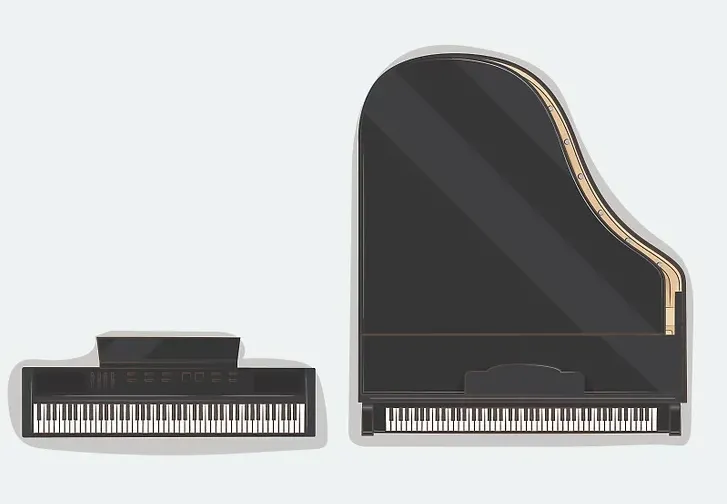
- Choose Your Instrument: A personal piano or keyboard is essential for regular practice. While acoustic pianos offer authenticity and range in price from $2,000 to $5,000, electronic keyboards are a practical alternative for tighter spaces or budgets, with beginner models starting around $300.

- Inspect Used Pianos: Like buying a used car, ensure a used piano is inspected by a professional to avoid costly repairs later. If the seller is hesitant about an inspection, consider it a red flag.
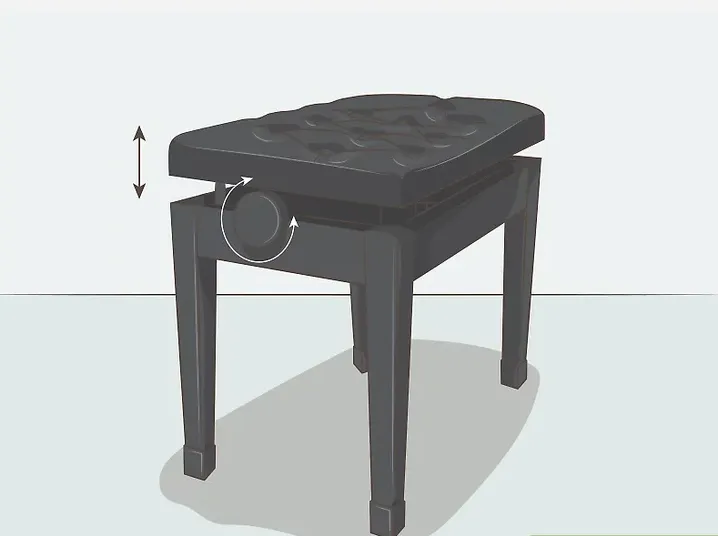
- Invest in an Adjustable Bench: Proper posture is key to playing comfortably. An adjustable bench or a stand for keyboards ensures you’re seated at the correct height.
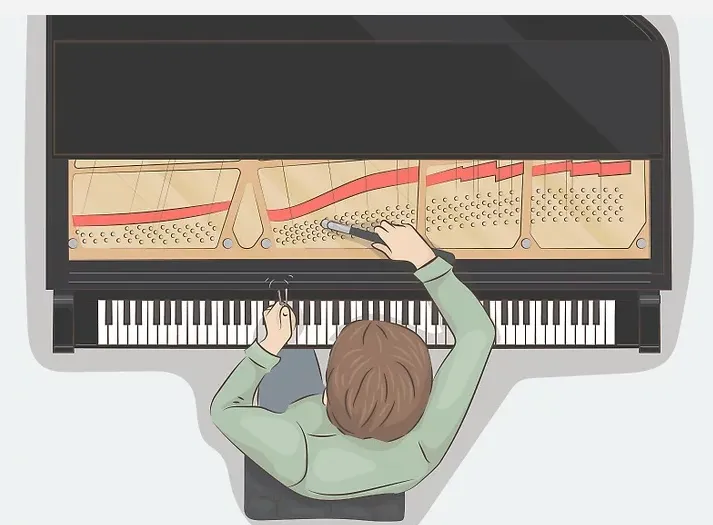
- Tune Your Acoustic Piano: Newly acquired pianos should be tuned, especially after moving. Expect to pay around $100 for tuning by a Registered Piano Technician.
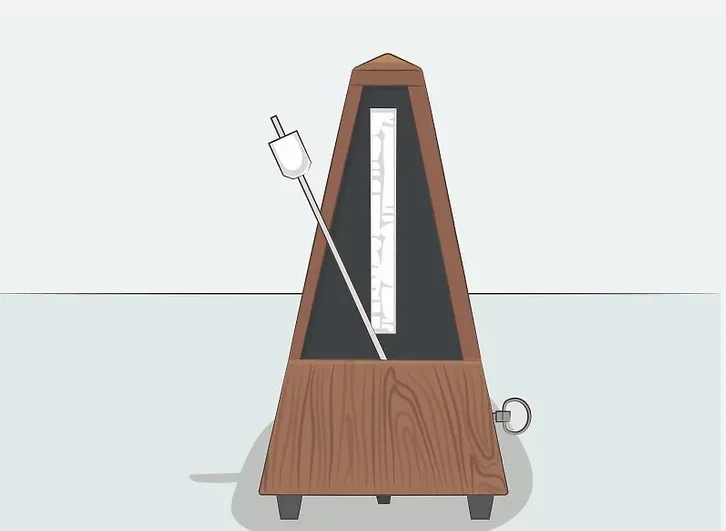
- Practice with a Metronome: A metronome keeps your tempo consistent. Many keyboards include built-in metronomes, or you can download a metronome app.

- Sit Correctly: Ensure your elbows are level with the keyboard and that you can comfortably reach the pedals without strain. Adjust your bench or use a cushion for additional height if needed.
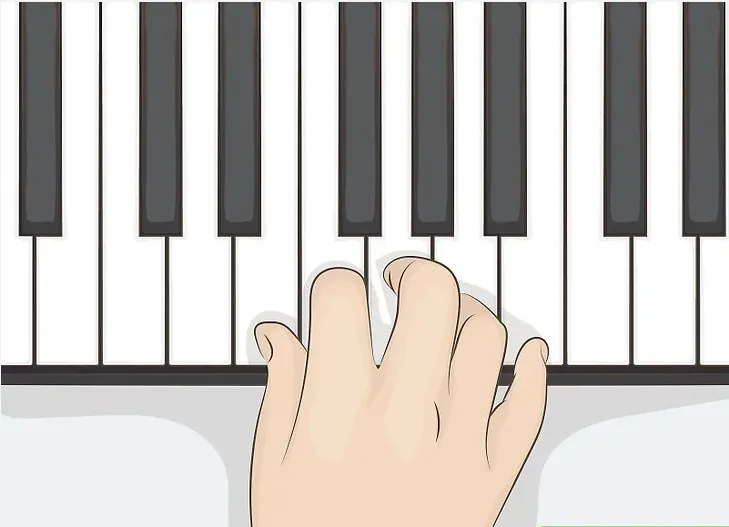
- Correct Finger Placement: Adopt a relaxed hand position, using the tips of your fingers to press the keys. This promotes agility and prevents strain.
Mastering the Basics 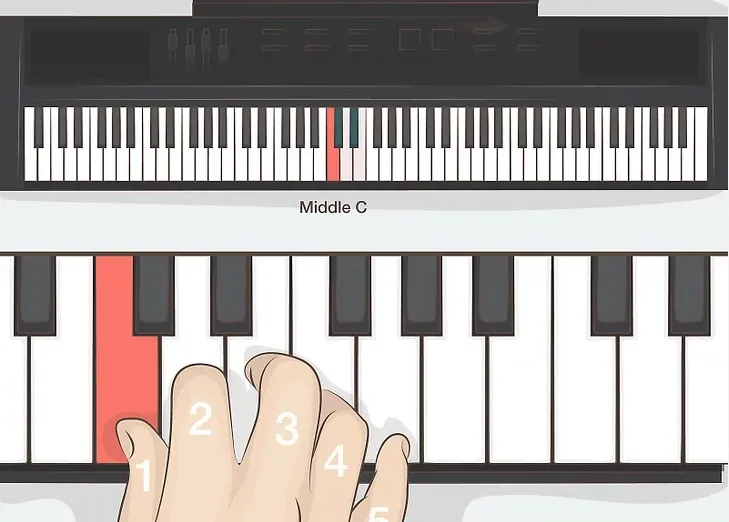
- Identify Middle C: Middle C is your starting point for learning scales and melodies. It’s the central white key in the set closest to the middle of your keyboard.
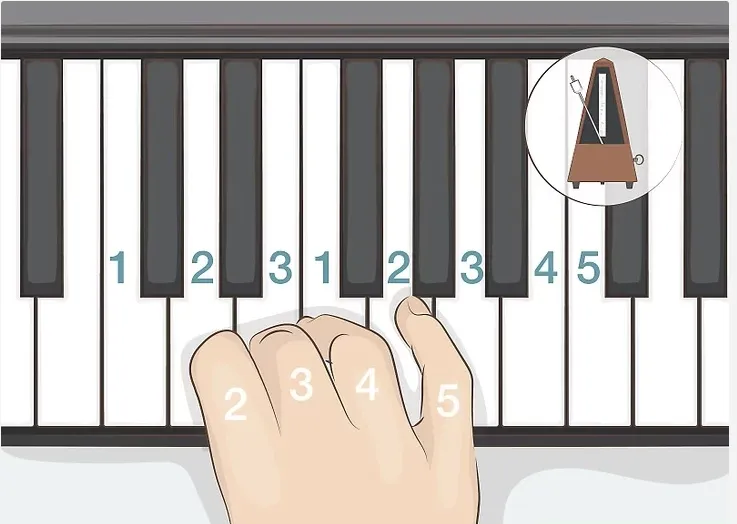
- Practice the C Major Scale: Begin with Middle C and progress through the scale. Use a metronome to improve your tempo and accuracy. Practice scales in both similar and contrary motions to build dexterity.
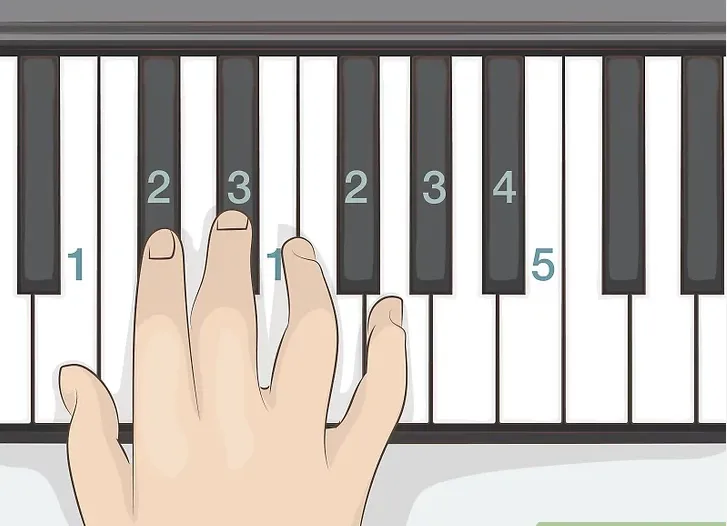
- Explore Other Scales: Once comfortable with C Major, venture into other scales to understand the relationships between notes, incorporating both white and black keys.
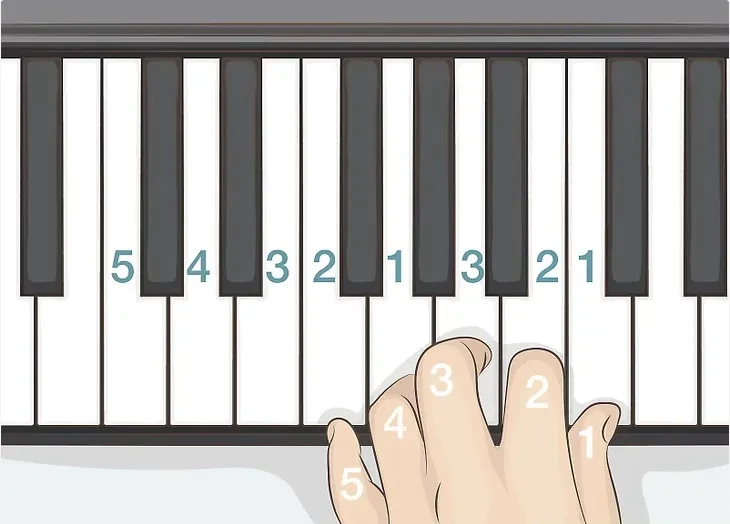
- Train Both Hands: Practice scales with each hand, recognizing that progress may vary between them. This bilateral training enhances coordination and musical expression.
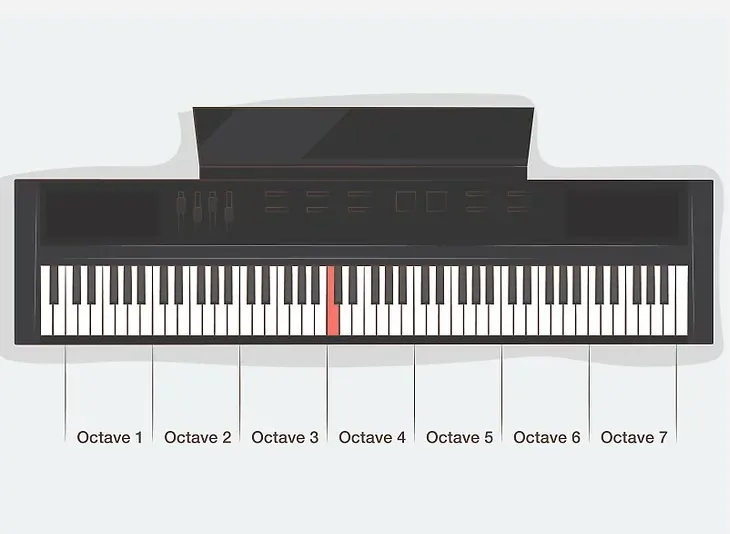
- Learn to Read Sheet Music: While not essential, reading music expands your repertoire and understanding of musical structure. Familiarize yourself with staff lines, note values, and dynamics for a comprehensive skill set.
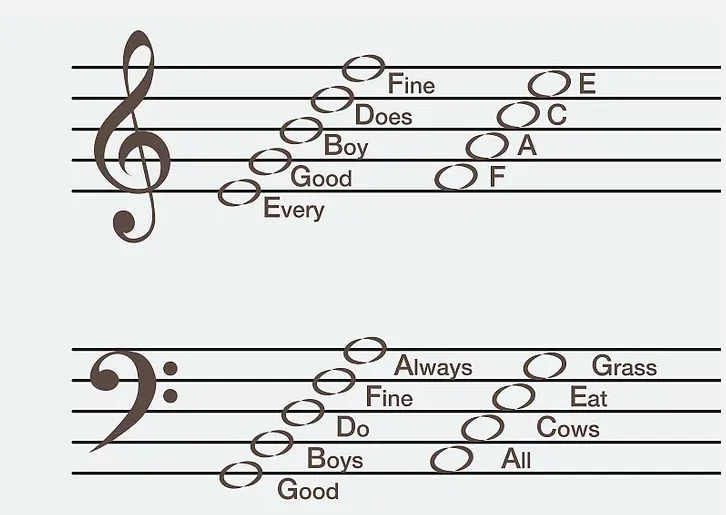
- Play Simple Melodies: Start with easy tunes to apply your knowledge practically. Look for beginner sheet music or use apps to find songs that match your level.
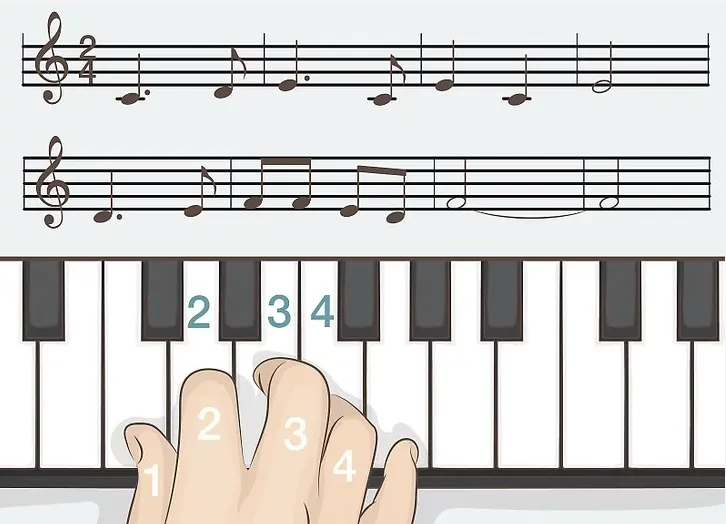
- Incorporate Chords: Chords add richness to your playing. Start with major triads and experiment with different chord types as you progress.
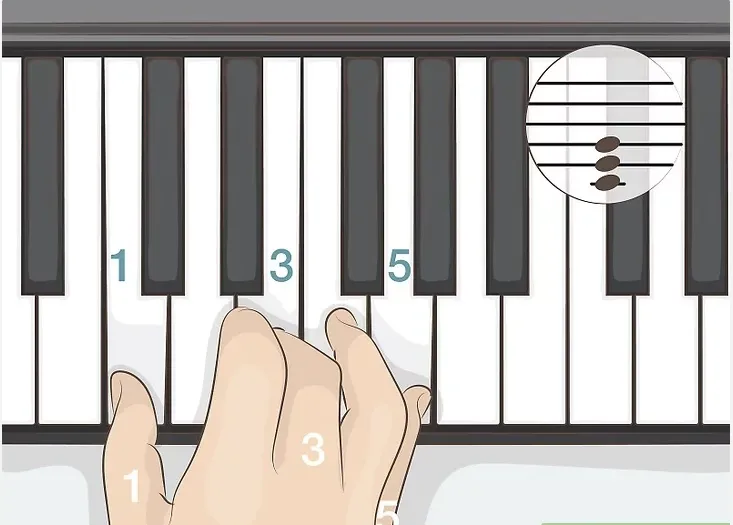
- Hanon Exercises: These classic exercises build finger strength and precision. Available for free online, they’re a valuable addition to daily practice.
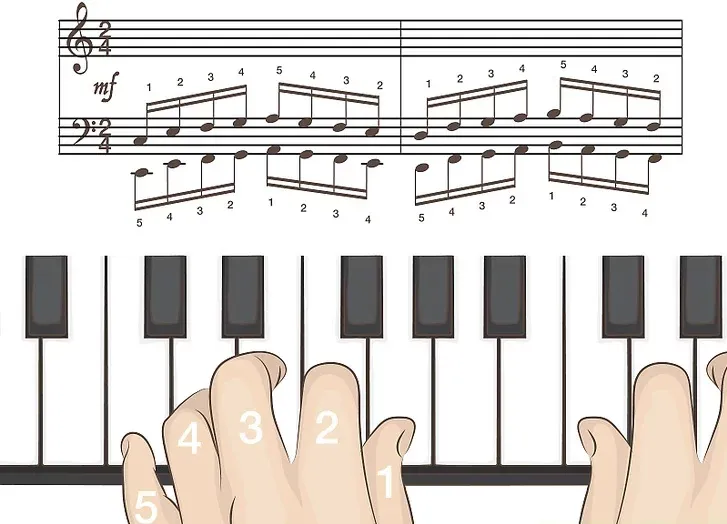
Advancing Your Skills 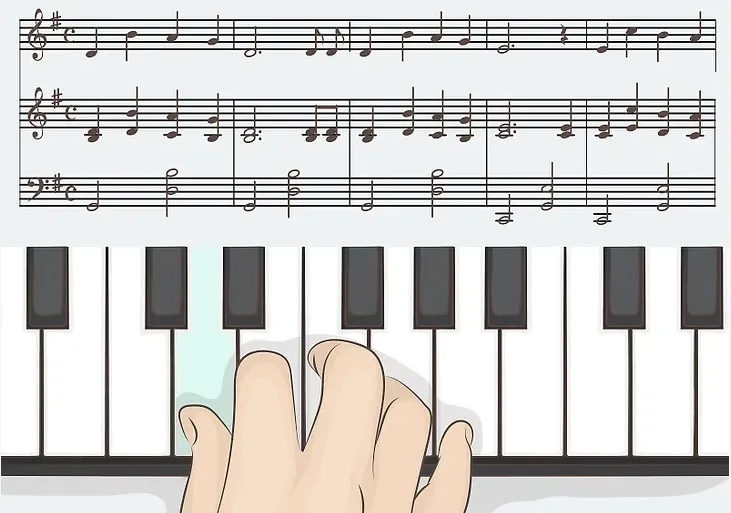
- Daily Practice: Consistency is key to improvement. Aim for daily sessions, gradually increasing complexity and duration as you advance.
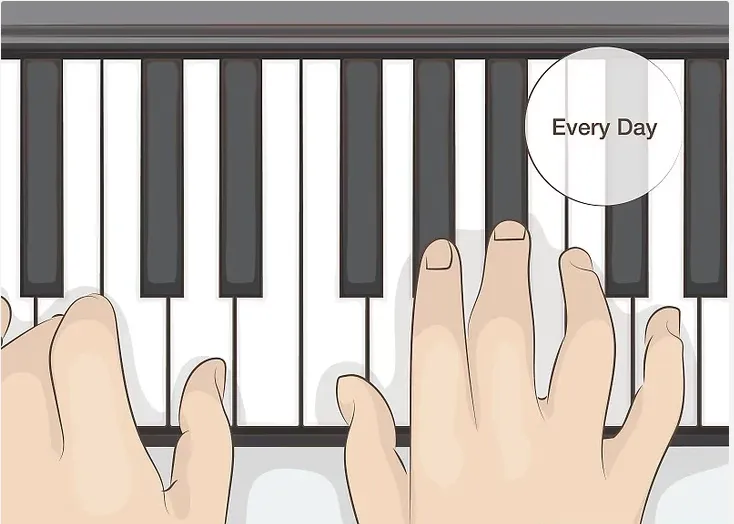
- Explore Music Theory: Books and online resources can deepen your understanding of music, aiding in sight-reading and composition.
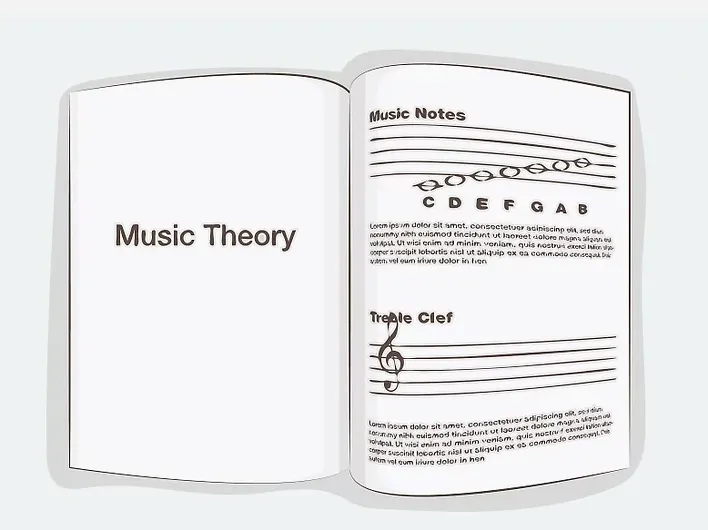
- Consider a Teacher: Personalized guidance from a teacher can refine your technique, address challenges, and motivate your progress.
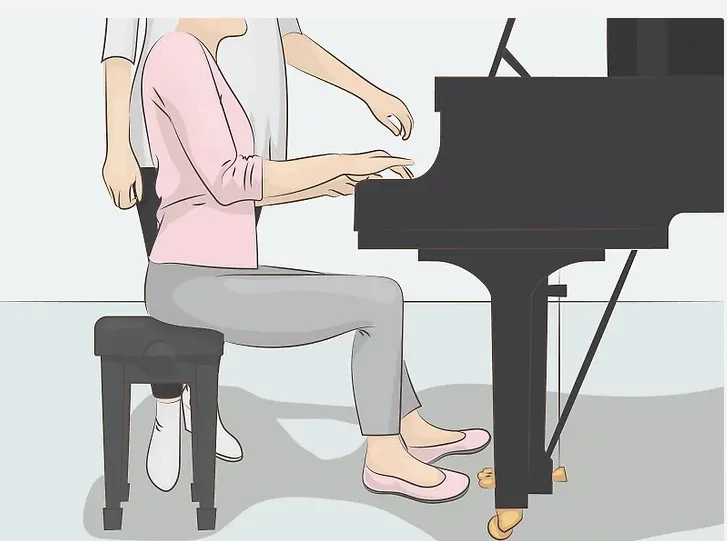
- Utilize Piano Apps: For self-learners, piano apps offer structured lessons and interactive learning experiences. Many offer free versions with optional premium features.
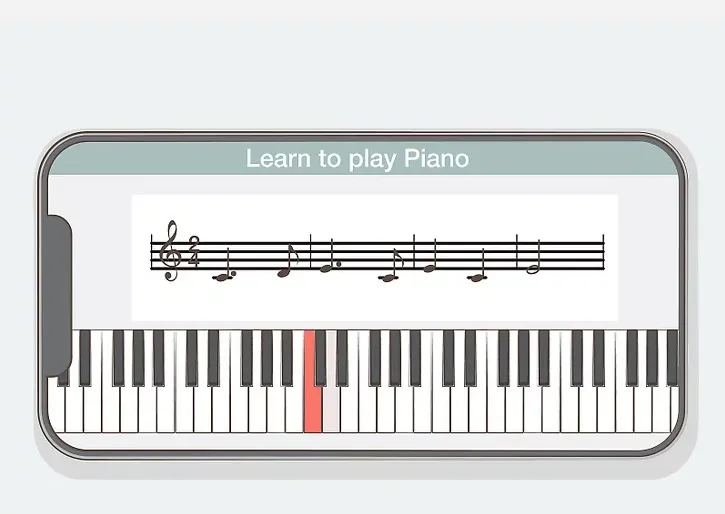
- Pedal Usage: If you have an acoustic piano, learn to use the pedals to enhance your music’s depth and texture. Each pedal has a distinct function, from sustaining notes to softening the sound.
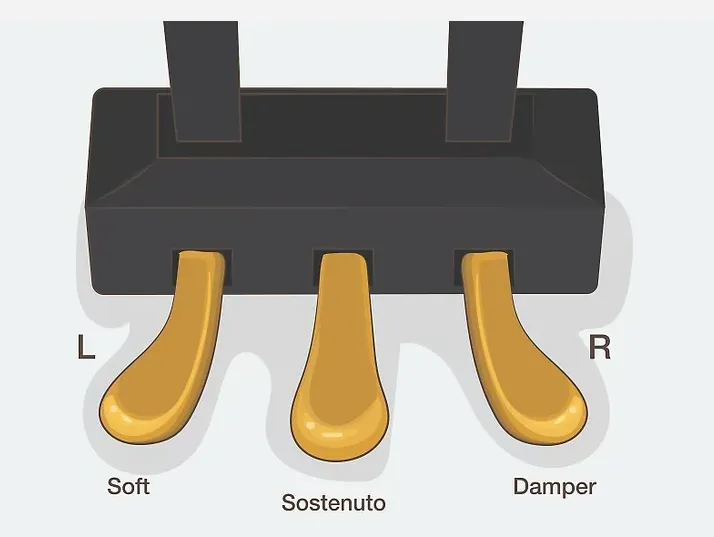
By embracing these steps, learners can navigate the rewarding path of piano mastery, unlocking the instrument’s full potential for musical expression and enjoyment